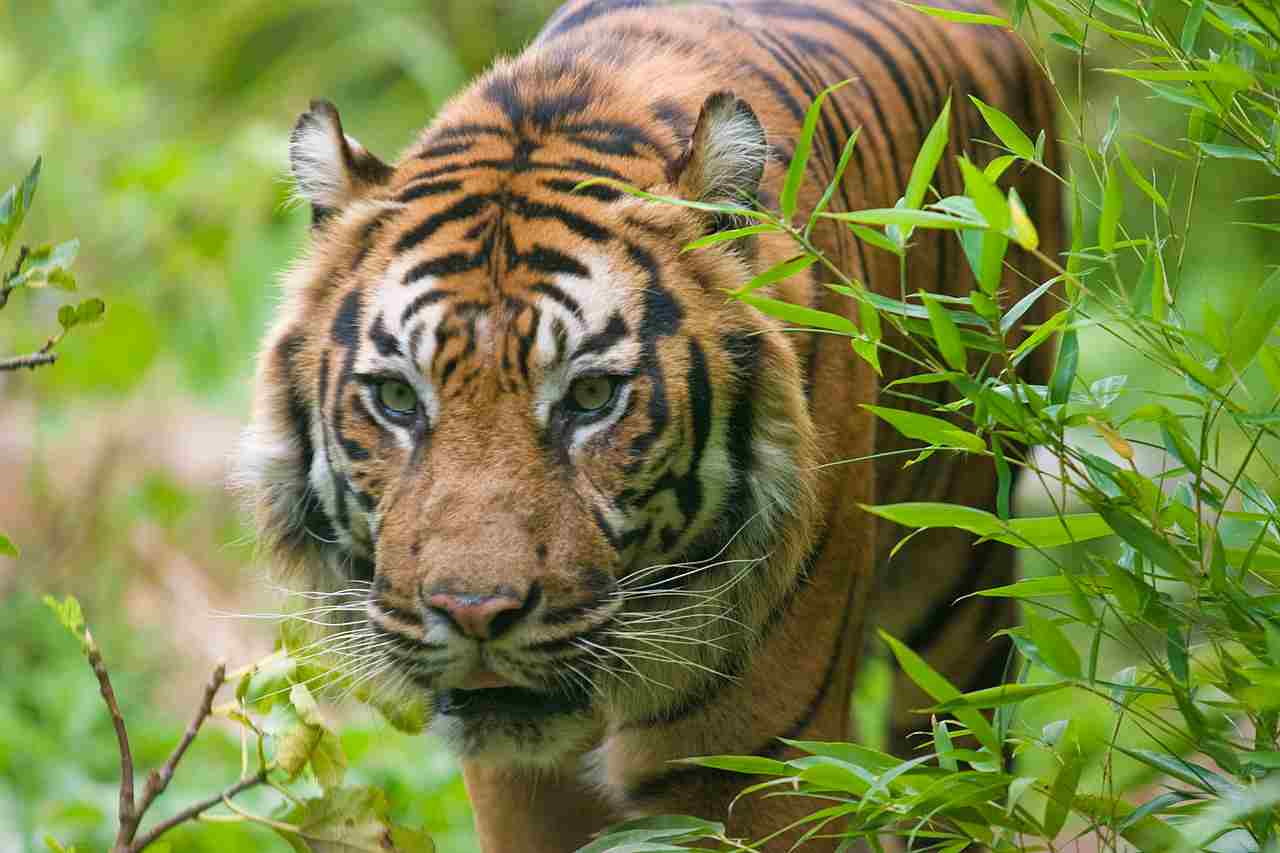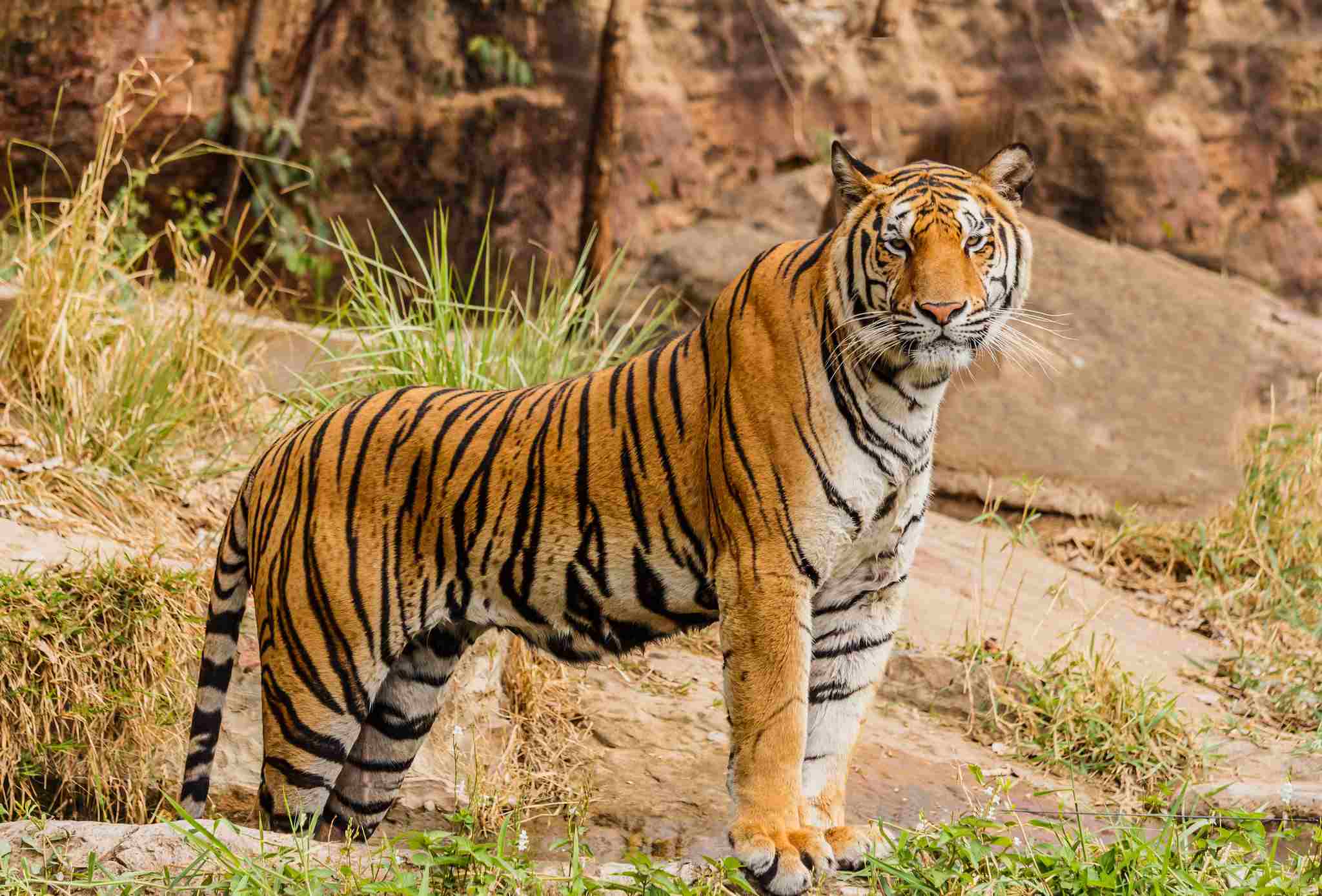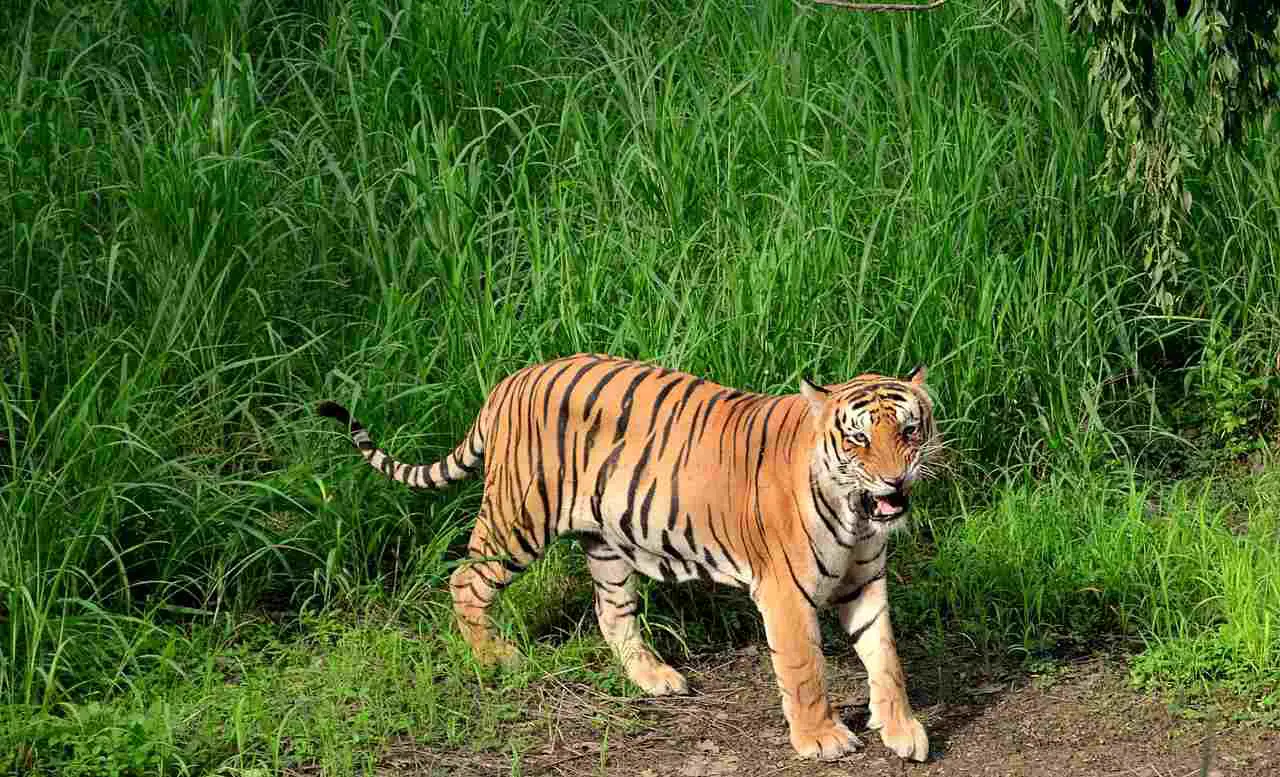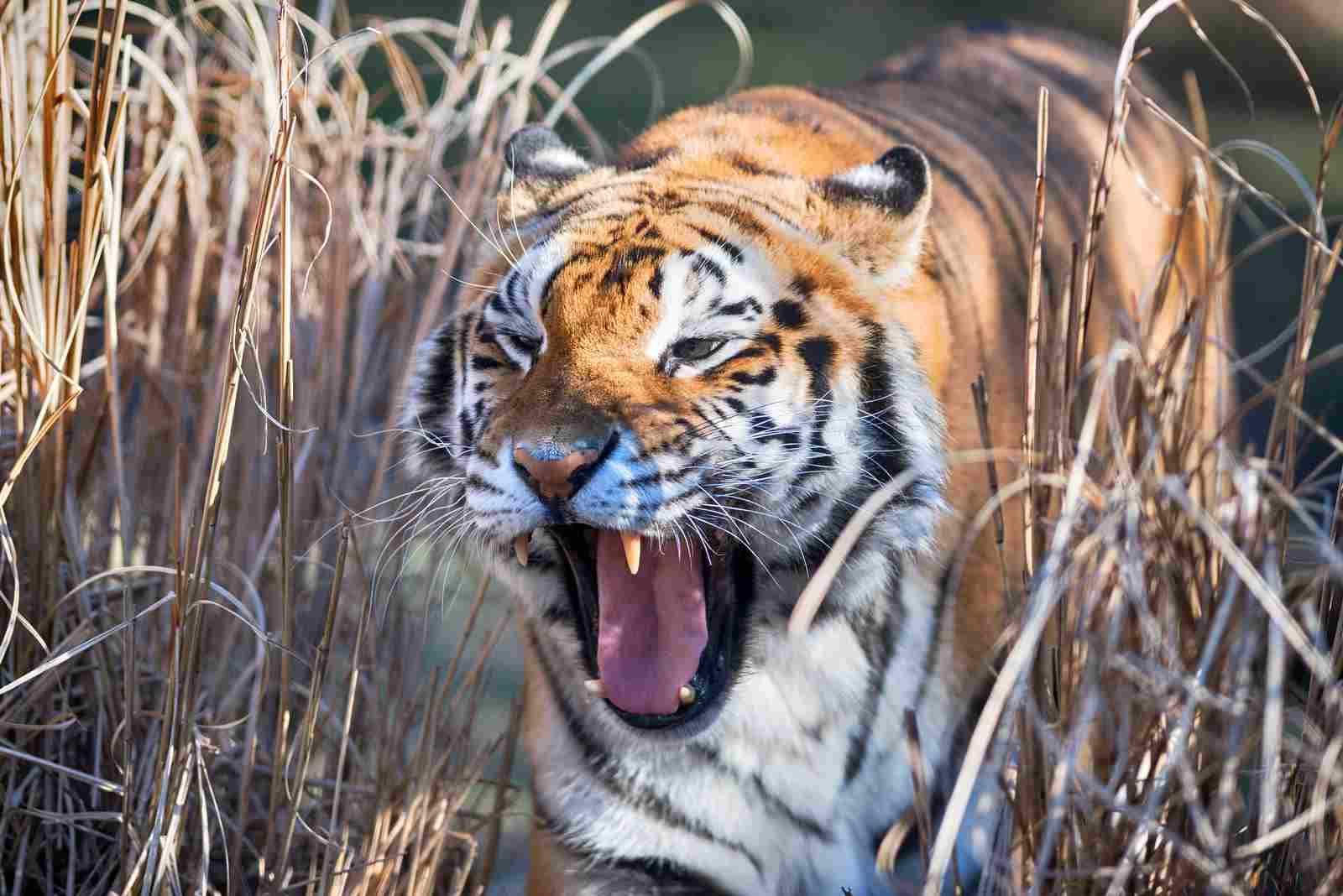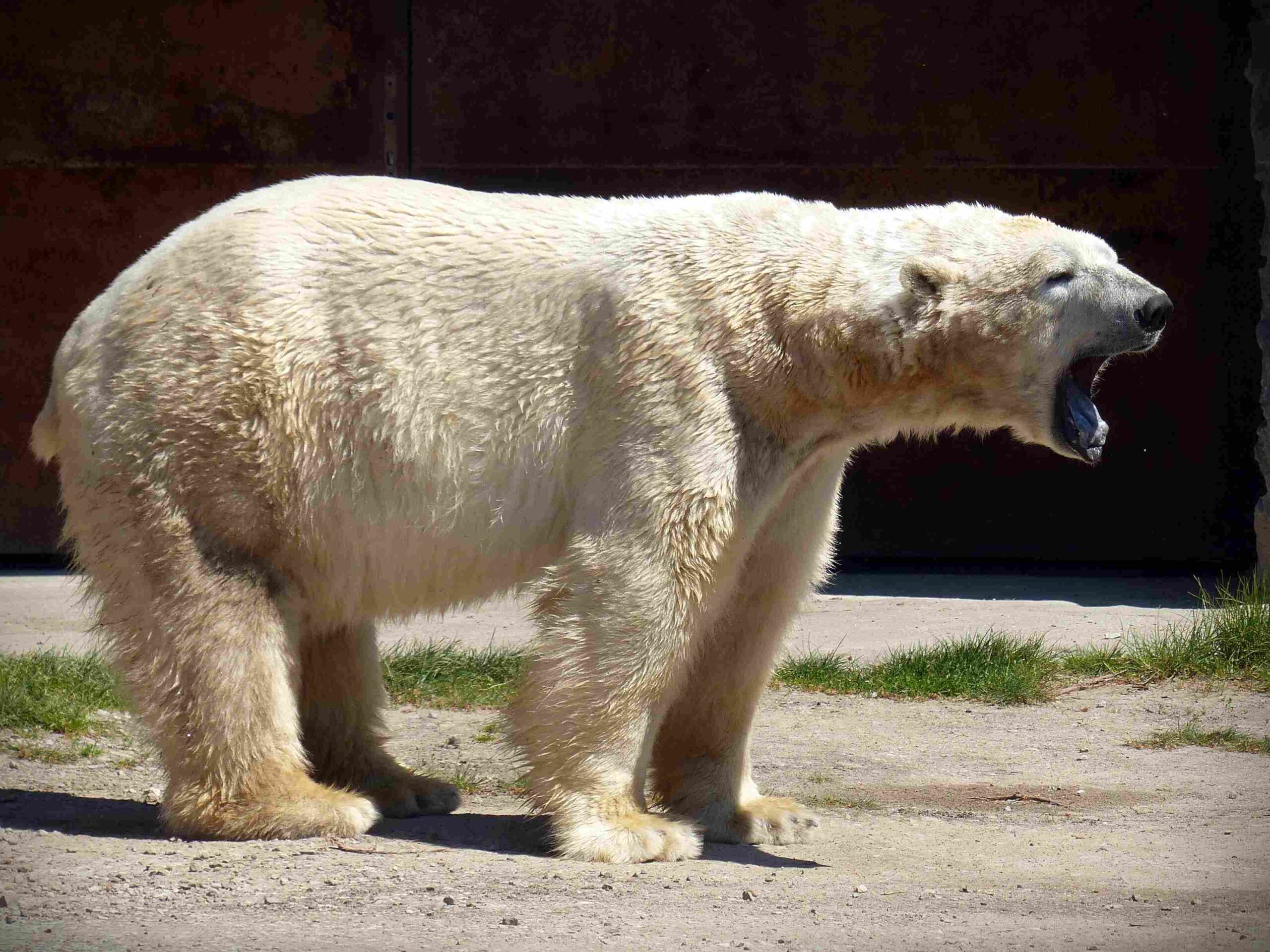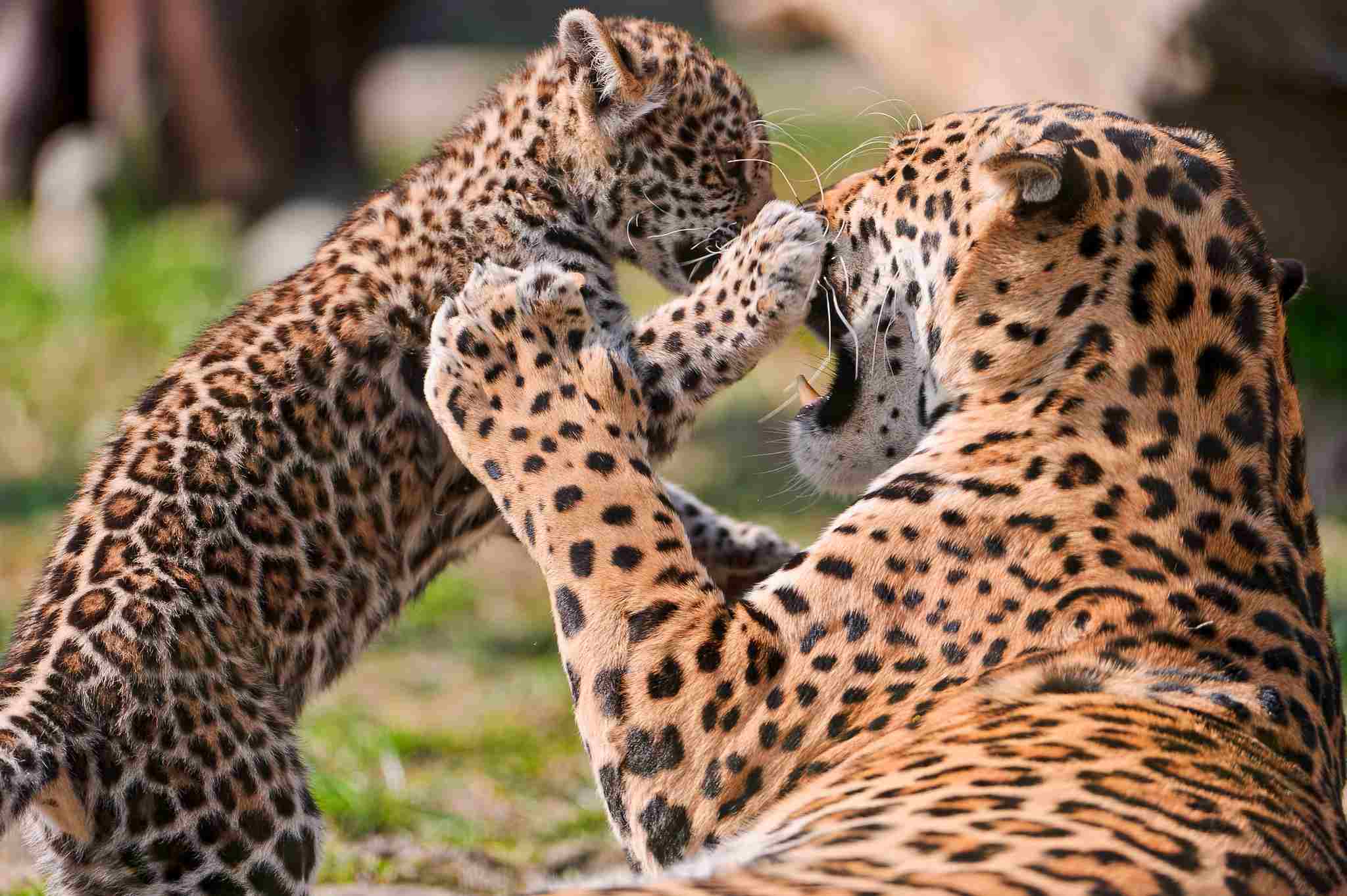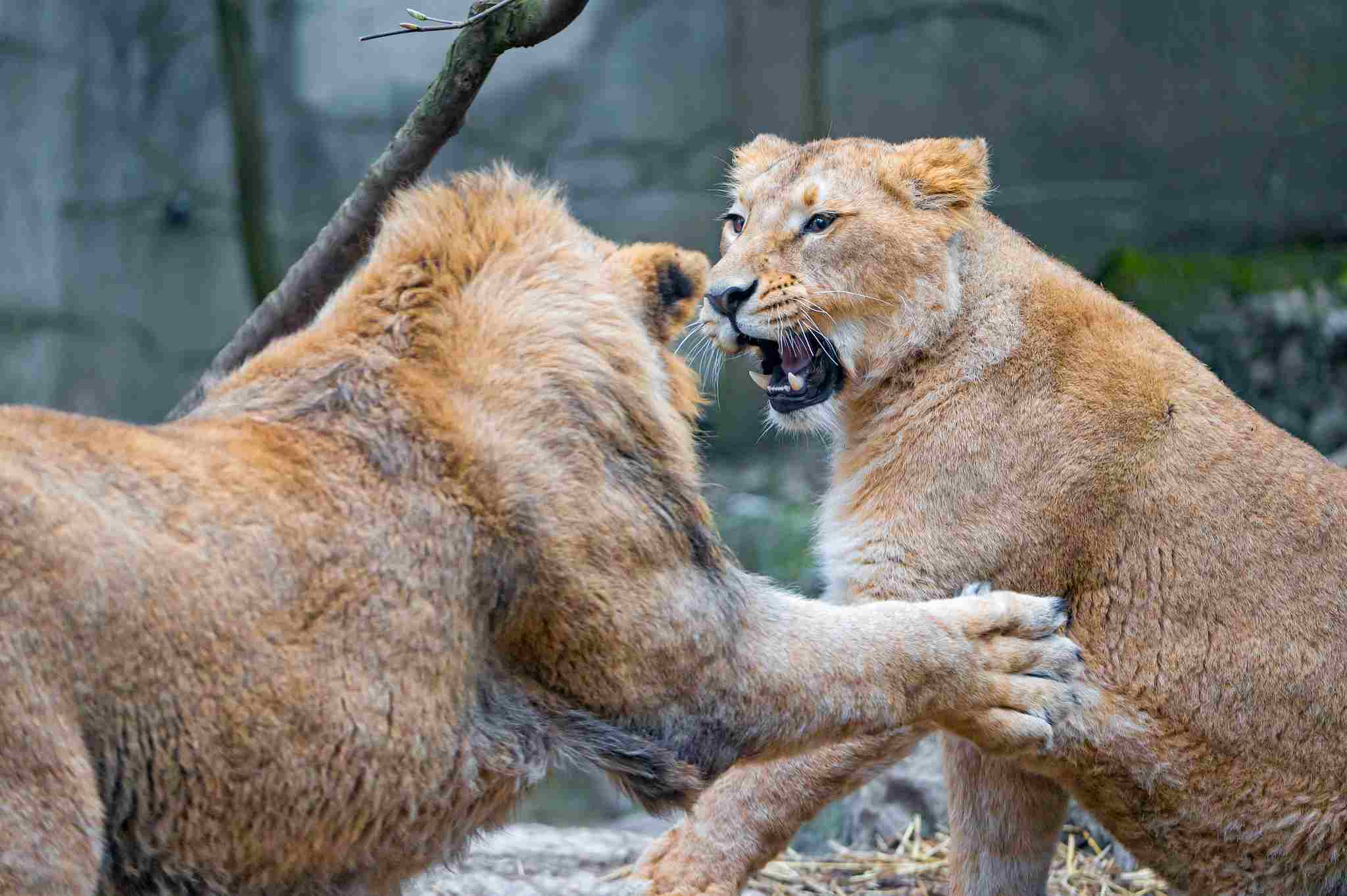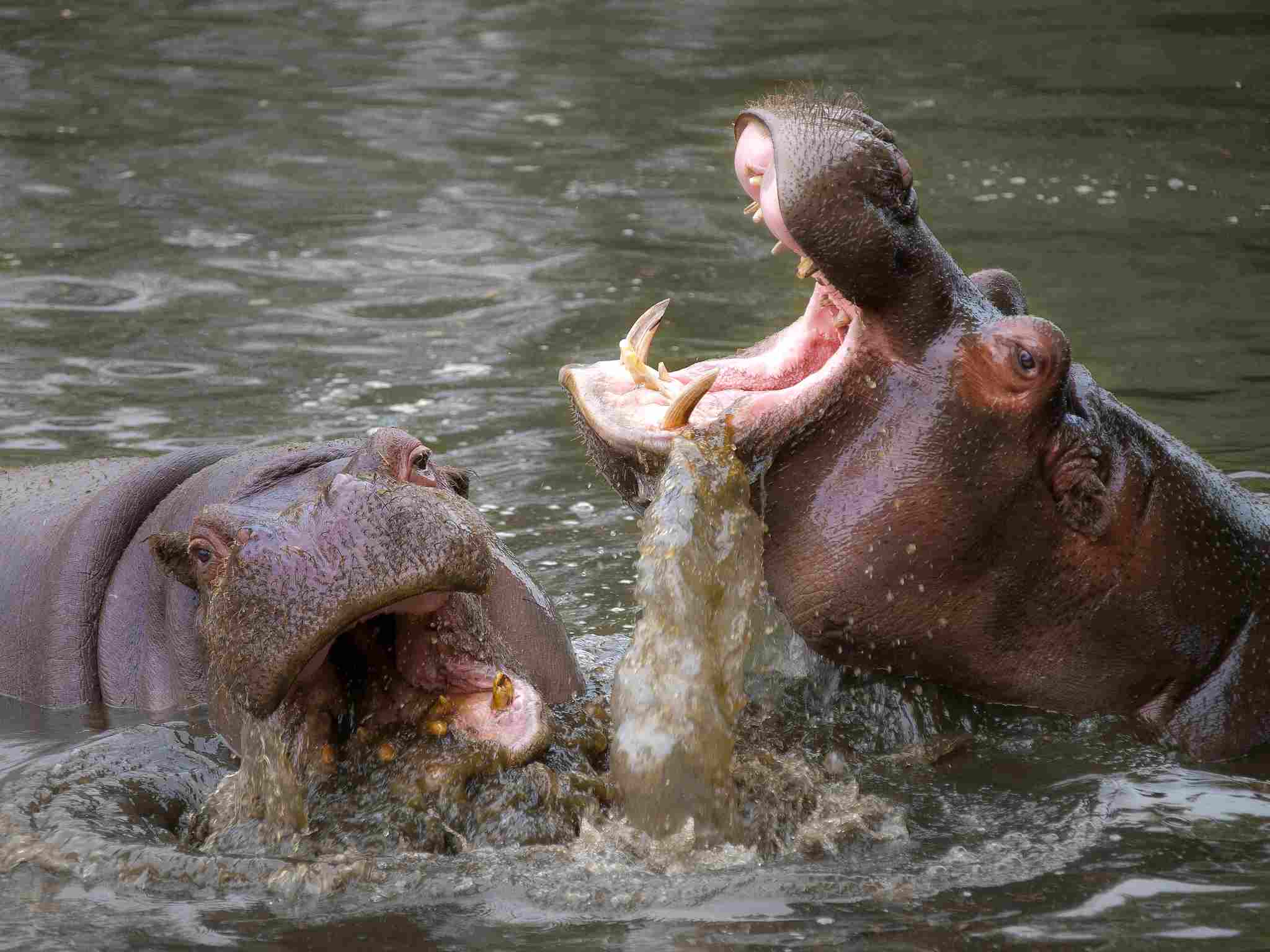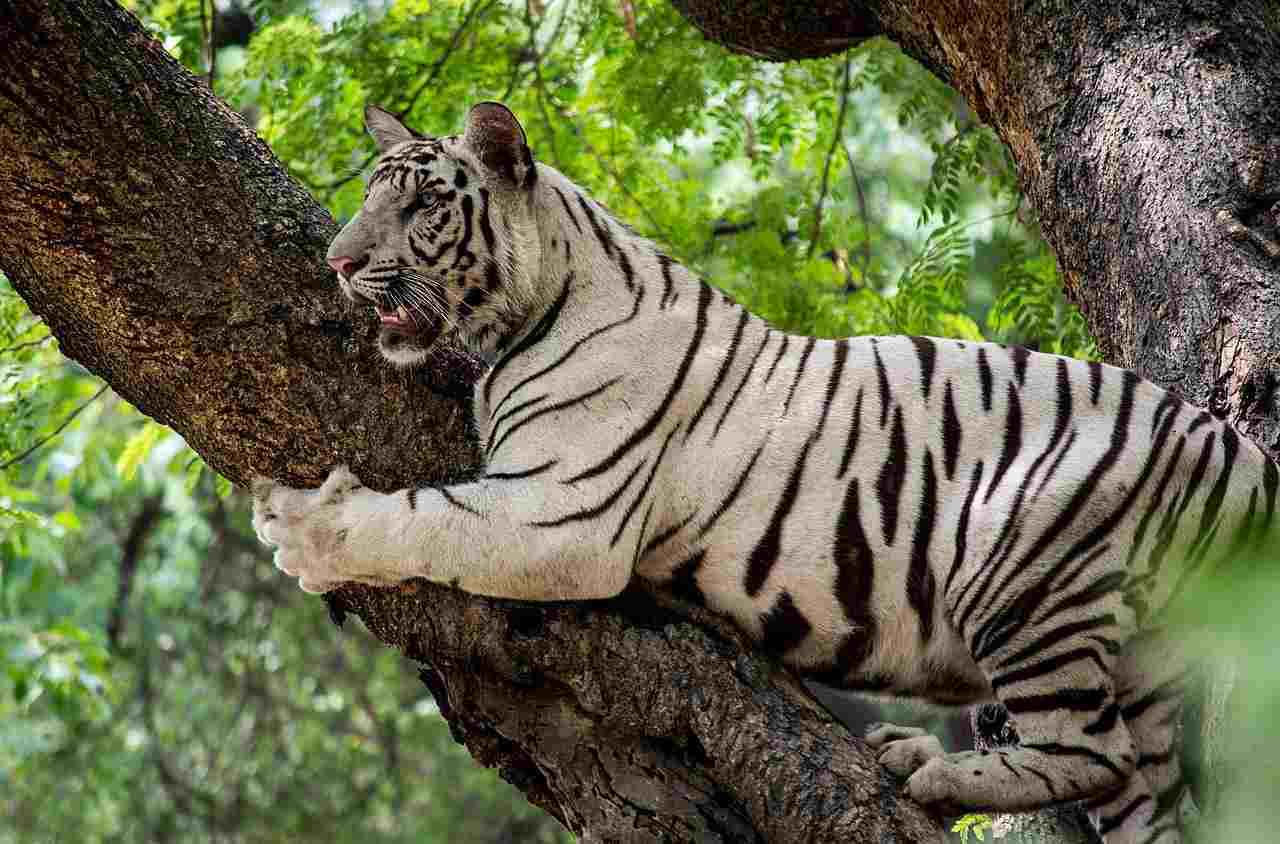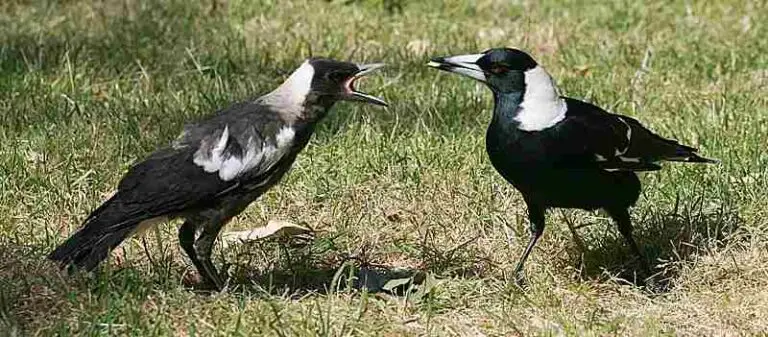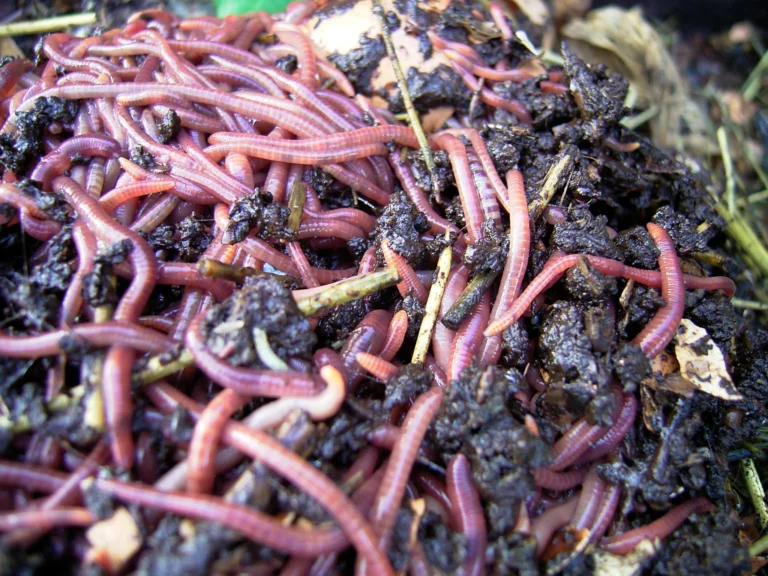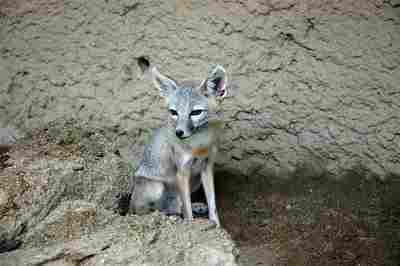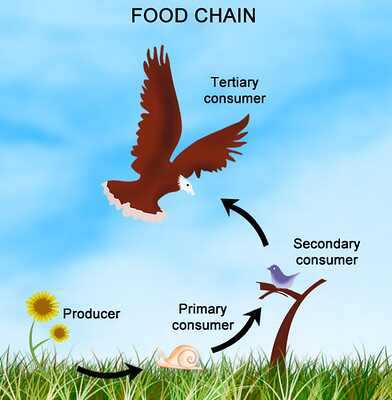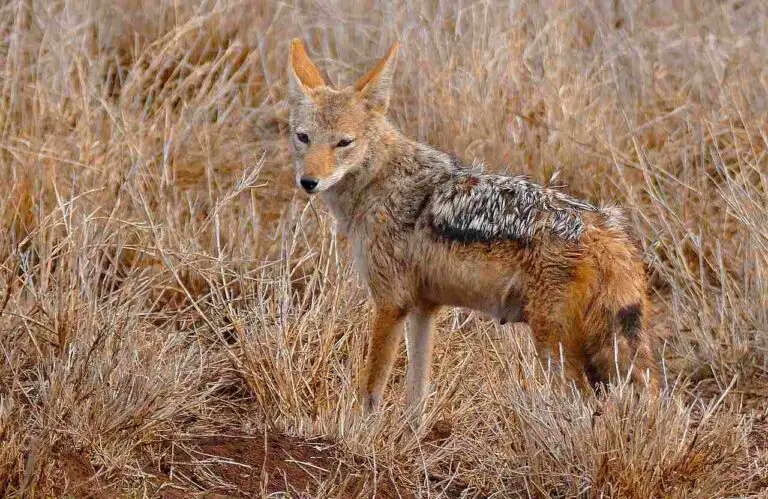11+ Top Predators In The World and Their Characteristics
Examples of top predators in the world are lions, tigers, jaguars, and polar bears. These predators play a critical role in their respective ecosystems by controlling prey populations and promoting biodiversity. However, many face significant threats, including habitat loss, human-wildlife conflict, and poaching. Conservation efforts are essential to protect these apex predators and ensure the health and stability of global ecosystems.
1. Lion
The lion (Panthera leo), often referred to as the “king of the jungle,” is one of the most iconic top predators in the animal kingdom. Native to Africa, with a small population in India, lions are known for their majestic manes and impressive roars. Living in social groups called prides, lions exhibit cooperative hunting strategies, often targeting large herbivores like wildebeests, zebras, and buffalo. Male lions, distinguished by their flowing manes, play a role in defending the pride’s territory, while female lions are primarily responsible for hunting and caring for the cubs.
Lions are adaptable predators, capable of hunting both in the open savannah and denser bushland. They are crepuscular, most active during dawn and dusk, which is when they typically hunt. Despite their strength and social structure, lions face numerous threats in the wild, including habitat loss and conflicts with humans. Conservation efforts are underway to ensure their survival, focusing on habitat preservation, anti-poaching measures, and community education to promote coexistence with these majestic predators.
2. Tiger
The tiger (Panthera tigris) is the largest of the big cats and one of the most formidable predators on Earth. Found primarily in Asia, tigers are renowned for their distinctive striped coats and immense strength. Unlike lions, tigers are solitary hunters and prefer dense forests, grasslands, and swamps as their habitats. They are adept swimmers and use their stealth and powerful bodies to ambush prey like deer, wild boar, and water buffalo. The tiger’s roar can be heard over long distances, asserting its presence in the territory it fiercely guards.
However, tigers are critically endangered due to habitat loss, poaching, and human-wildlife conflict. Conservation programs focus on creating protected reserves, curbing poaching, and educating local communities about the importance of preserving this magnificent predator. Efforts to save the tiger are crucial, as they play a vital role in maintaining the health of ecosystems by controlling herbivore populations.
3. Jaguar
The jaguar (Panthera onca) is the largest cat in the Americas and a top predator within its range. With a robust build and powerful jaws, the jaguar is capable of hunting a wide variety of prey, including deer, capybara, and even caimans. Jaguars are known for their distinctive rosette-patterned coats and their ability to swim and climb effectively, allowing them to hunt in diverse environments like rainforests, wetlands, and grasslands. These cats are generally solitary and establish large territories, using stealth and ambush techniques to catch their prey.
Jaguars face significant threats from deforestation, habitat fragmentation, and illegal hunting. Conservation efforts are aimed at creating corridors to connect isolated populations, reducing human-wildlife conflicts, and enforcing anti-poaching measures. Jaguars are crucial for maintaining the ecological balance in their habitats, and their preservation is key to protecting the biodiversity of the ecosystems in which they live.
4. Polar Bear
The polar bear (Ursus maritimus) is the largest land carnivore and a top predator in the Arctic region. Adapted to the harsh conditions of the polar environment, polar bears rely heavily on sea ice to hunt their primary prey, seals. These bears have a thick layer of blubber and dense fur, providing insulation against the freezing temperatures. They are excellent swimmers and can cover long distances in search of food or mates. Polar bears are typically solitary but can be seen in small groups during certain seasons, such as when they congregate near seal birthing sites.
Climate change poses a significant threat to polar bears, as the melting sea ice reduces their hunting grounds and disrupts their migratory patterns. Conservation efforts focus on mitigating climate change, protecting polar bear habitats, and monitoring populations to ensure their long-term survival. The survival of the polar bear is not only crucial for the Arctic ecosystem but also symbolizes the broader impact of climate change on wildlife.
5. Grizzly Bear
The grizzly bear (Ursus arctos horribilis) is a formidable predator found in North America, particularly in Canada and the United States. Known for its massive size and distinctive hump, the grizzly bear is a versatile omnivore, consuming a varied diet that includes fish, small mammals, berries, and roots. Grizzlies are powerful and agile, capable of running at high speeds and climbing trees. They are solitary animals, except during mating seasons or when females are raising cubs. Grizzly bears play a significant role in their ecosystems, aiding in seed dispersal and controlling prey populations.
However, grizzly bears face threats from habitat loss, human encroachment, and conflicts with humans. Conservation efforts aim to protect grizzly habitats, create wildlife corridors, and reduce human-bear conflicts through education and proper waste management. Preserving grizzly bears is vital for maintaining the balance in North American wilderness areas, as they contribute to the overall health of these ecosystems.
6. Orca
The orca (Orcinus orca), also known as the killer whale, is the largest member of the dolphin family and one of the most intelligent marine predators. Found in oceans worldwide, orcas are apex predators that hunt a variety of prey, including fish, seals, and even large whales. They are known for their complex social structures, living in family groups called pods, and their highly developed communication skills. Orcas are renowned for their acrobatic displays and coordinated hunting techniques, often involving multiple pod members to corral and capture prey.
Orcas face threats from pollution, climate change, and captivity. Conservation efforts aim to protect their habitats, reduce marine pollution, and regulate whale-watching activities to prevent disturbances to wild orcas. Efforts to preserve orcas are crucial, as they play a key role in maintaining the health and stability of marine ecosystems. Through their complex social behaviors and impressive hunting abilities, orcas continue to captivate and inspire people around the world.
7. Great White Shark
The great white shark (Carcharodon carcharias) is one of the most renowned apex predators in the ocean, famous for its size, power, and razor-sharp teeth. These sharks are found in coastal and offshore waters worldwide, particularly in regions with abundant prey like seals and sea lions. Great white sharks are solitary but sometimes gather in areas with high prey density. They are known for their agility and strength, capable of breaching the water surface to catch seals. Their diet consists primarily of marine mammals, fish, and sea turtles.
Great white sharks are facing threats from overfishing, habitat loss, and negative public perception due to their depiction in media. Conservation efforts focus on research, education, and protection of their habitats. By understanding their role in ocean ecosystems and reducing human-shark conflicts, we can ensure the survival of this iconic predator. Great white sharks help maintain marine biodiversity by controlling prey populations, making them crucial for ocean health.
8. Wolf
The wolf (Canis lupus) is a highly social and intelligent predator found across North America, Europe, and Asia. Wolves live in packs, with a complex social structure centered around the alpha male and female. They are known for their cooperative hunting techniques, allowing them to take down large prey such as deer, elk, and moose. Wolves are adaptable, thriving in diverse habitats from forests to tundras. They communicate through howls, barks, and body language, strengthening pack bonds and coordinating hunts.
Despite their ecological importance, wolves have historically been persecuted due to conflicts with humans and livestock. Conservation efforts focus on reintroducing wolves to their natural habitats, reducing human-wolf conflicts, and educating the public about their role in the ecosystem. Wolves are essential for maintaining healthy ecosystems, as they help control herbivore populations and promote biodiversity.
9. Eagle
Eagles are large birds of prey known for their powerful beaks, sharp talons, and keen eyesight. Found on every continent except Antarctica, eagles are apex predators in their ecosystems, preying on small mammals, fish, and birds. Different species of eagles have adapted to various environments, from the bald eagle in North America to the harpy eagle in South America. Eagles are often solitary or live in pairs, building large nests in high places like cliffs or tall trees.
Eagles face threats from habitat destruction, hunting, and pollution, such as the impact of pesticides like DDT. Conservation efforts have helped some eagle species recover, such as the bald eagle, through legal protection and habitat restoration. Eagles are symbols of strength and freedom, and their conservation is crucial for preserving the balance of ecosystems where they serve as top predators.
10. Crocodile
Crocodiles are large reptiles found in tropical and subtropical regions worldwide, including Africa, Asia, the Americas, and Australia. As top predators in their ecosystems, crocodiles play a vital role in maintaining the balance of their environments. They are known for their powerful jaws, sharp teeth, and stealthy hunting techniques. Crocodiles are ambush predators, waiting patiently in water or along riverbanks for unsuspecting prey like fish, birds, and mammals to come within striking distance.
Crocodiles face threats from habitat loss, illegal hunting, and human-crocodile conflicts. Conservation efforts aim to protect their habitats, enforce anti-poaching laws, and educate communities about coexistence with these reptiles. Despite their fearsome reputation, crocodiles are critical for maintaining ecosystem health, controlling prey populations, and promoting biodiversity in the regions they inhabit.
11. Alligator
Alligators are large reptiles primarily found in the southeastern United States and parts of China. They are distinguished from crocodiles by their broader snouts and darker coloration. Alligators are apex predators in their habitats, playing a crucial role in maintaining the ecological balance of wetlands, marshes, and swamps. They are opportunistic feeders, preying on fish, birds, amphibians, and small mammals. Alligators are known for their powerful jaws and stealthy approach, often lurking just below the water’s surface before striking their prey.
Alligators were once heavily hunted for their skins and meat, leading to significant population declines. However, successful conservation efforts and legal protection have helped alligator populations recover in recent decades. These efforts include regulated hunting, habitat restoration, and public education about the importance of alligators in their ecosystems. As keystone species, alligators create and maintain wetland habitats, contributing to the biodiversity of these regions.
12. Leopard
The leopard (Panthera pardus) is one of the most adaptable big cats, found across Africa and parts of Asia. Known for its distinctive spotted coat and stealthy hunting techniques, the leopard is an apex predator in its range. Unlike other big cats, leopards are highly versatile, able to thrive in various habitats, including forests, savannas, mountains, and even urban areas. They are solitary by nature, with individuals establishing large territories that they fiercely defend. Leopards are skilled climbers, often dragging their prey into trees to avoid competition with other predators.
Leopards face threats from habitat loss, poaching, and human-wildlife conflict. Conservation efforts focus on habitat preservation, anti-poaching measures, and community education to promote coexistence with these elusive cats. By protecting leopards, we help maintain the ecological balance, as they play a key role in controlling prey populations and ensuring the health of their ecosystems.
13. Cheetah
The cheetah (Acinonyx jubatus) is the fastest land animal, capable of reaching speeds up to 60-70 mph (97-113 km/h). Native to Africa, with a small population in Iran, cheetahs are known for their slender bodies, long legs, and unique black “tear marks” running from their eyes to their mouths. Unlike other big cats, cheetahs rely on speed rather than strength to catch their prey, which typically includes antelope, impalas, and other swift animals. They are daytime hunters and often live in small family groups or as solitary individuals.
Cheetahs are among the most endangered big cats due to habitat loss, reduced genetic diversity, and human-wildlife conflict. Conservation programs aim to preserve cheetah habitats, create wildlife corridors, and manage human-cheetah interactions to ensure their survival. Cheetahs are vital for maintaining the health of grassland ecosystems, as their hunting activities help control prey populations and promote biodiversity.
14. Cougar
The cougar (Puma concolor), also known as the mountain lion or puma, is a highly adaptable big cat found across North and South America. As a top predator, the cougar has a broad range of prey, including deer, elk, and small mammals. Cougars are solitary animals, with large territories that often span diverse landscapes like forests, mountains, and deserts. They are known for their agility and strength, able to climb trees and leap great distances in pursuit of prey. Cougars use stealth and surprise to hunt, often ambushing their prey from a hidden vantage point.
Cougars face threats from habitat fragmentation, human encroachment, and hunting. Conservation efforts aim to protect cougar habitats, reduce conflicts with humans, and ensure sustainable management of cougar populations. As a keystone species, cougars play a crucial role in maintaining the health of their ecosystems by controlling herbivore populations and contributing to the natural balance of the regions they inhabit.
*Top Predators in the World: Summary
-
Lion
-
Known as “king of the jungle.”
-
Lives in social groups called prides.
-
Found in Africa and India.
-
Hunts large herbivores, like wildebeests and buffalo.
-
Faces threats from habitat loss and human conflict.
-
-
Tiger
-
Largest of the big cats.
-
Solitary hunter.
-
Found in Asia.
-
Prefers dense forests and swamps.
-
Critical for ecosystem balance.
-
Threatened by habitat loss and poaching.
-
-
Jaguar
-
Largest cat in the Americas.
-
Known for powerful jaws and rosette-patterned coat.
-
Thrives in rainforests, wetlands, and grasslands.
-
Threatened by deforestation and illegal hunting.
-
-
Polar Bear
-
Largest land carnivore.
-
Native to the Arctic region.
-
Hunts primarily on sea ice, targeting seals.
-
Threatened by climate change and sea ice loss.
-
-
Grizzly Bear
-
Found in North America.
-
Omnivorous diet; consumes fish, small mammals, berries, and roots.
-
Known for its massive size and distinctive hump.
-
Threatened by habitat loss and human-bear conflict.
-
-
Orca
-
Also known as killer whale.
-
Largest member of the dolphin family.
-
Known for complex social structures and cooperative hunting.
-
Found in oceans worldwide.
-
Threatened by pollution and captivity.
-
-
Great White Shark
-
Famous for its size, power, and sharp teeth.
-
Found in coastal and offshore waters.
-
Hunts marine mammals and fish.
-
Threatened by overfishing and habitat loss.
-
-
Wolf
-
Highly social predator, lives in packs.
-
Found in North America, Europe, and Asia.
-
Hunts large prey like deer and elk.
-
Threatened by human-wolf conflict and habitat loss.
-
-
Eagle
-
Large birds of prey with powerful beaks and keen eyesight.
-
Found on every continent except Antarctica.
-
Preys on small mammals, fish, and birds.
-
Threatened by habitat destruction and pollution.
-
-
Crocodile
-
Large reptiles found in tropical and subtropical regions.
-
Apex predators; ambush hunters.
-
Threatened by habitat loss and illegal hunting.
-
-
Alligator
-
Primarily found in the southeastern United States and parts of China.
-
Known for their broader snouts and opportunistic feeding.
-
Threatened by overhunting and habitat loss.
-
-
Leopard
-
Highly adaptable big cat with a distinctive spotted coat.
-
Found across Africa and parts of Asia.
-
Skilled climbers and solitary hunters.
-
Threatened by poaching and habitat loss.
-
-
Cheetah
-
Fastest land animal, reaching speeds up to 60-70 mph.
-
Known for its slender build and black “tear marks.”
-
Threatened by habitat loss and reduced genetic diversity.
-
-
Cougar
-
Also known as mountain lion or puma.
-
Highly adaptable, found across North and South America.
-
Known for agility and large territories.
-
Threatened by habitat fragmentation and hunting.
-
| Predator |
Key Characteristics and Threats
|
| Lion |
Known as “king of the jungle.” Lives in prides. Found in Africa and India. Hunts large herbivores. Threatened by habitat loss and human conflict.
|
| Tiger |
Largest of the big cats. Solitary hunter. Found in Asia. Critical for ecosystem balance. Threatened by habitat loss and poaching.
|
| Jaguar |
Largest cat in the Americas. Hunts a variety of prey. Found in rainforests, wetlands, grasslands. Threatened by deforestation and illegal hunting.
|
| Polar Bear |
Largest land carnivore. Relies on sea ice to hunt seals. Found in the Arctic region. Threatened by climate change and sea ice loss.
|
| Grizzly Bear |
Large omnivorous bear. Found in North America. Threatened by habitat loss and human conflict.
|
| Orca |
Known as killer whale. Largest member of the dolphin family. Found in oceans worldwide. Threatened by pollution and captivity.
|
| Great White Shark |
Famous for size, power, and sharp teeth. Hunts marine mammals and fish. Threatened by overfishing and habitat loss.
|
| Wolf |
Highly social, lives in packs. Found in North America, Europe, and Asia. Threatened by human-wolf conflict and habitat loss.
|
| Eagle |
Large birds of prey with powerful beaks and keen eyesight. Found on all continents except Antarctica. Threatened by habitat destruction and pollution.
|
| Crocodile |
Large reptiles in tropical and subtropical regions. Apex predators. Threatened by habitat loss and illegal hunting.
|
| Alligator |
Found in southeastern U.S. and parts of China. Broader snouts. Apex predators. Threatened by overhunting and habitat loss.
|
| Leopard |
Highly adaptable with a distinctive spotted coat. Threatened by poaching and habitat loss.
|
| Cheetah |
Fastest land animal. Known for slender build. Found in Africa and Iran. Threatened by habitat loss and reduced genetic diversity.
|
| Cougar |
Known as mountain lion or puma. Found across North and South America. Threatened by habitat fragmentation and hunting.
|
